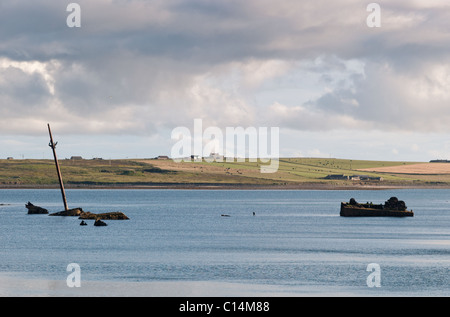


Ubiquitous increases in precipitation and river run-off are projected in the future of the AWT however, these changes cannot meet the accelerating water demands of downstream regions and countries. Changes in the westerlies and the Indian monsoon led the AWT to develop an imbalance characterized by water gains in endorheic basins and water losses in exorheic basins. From 2000 to 2018, total glacier mass in the AWT decreased by about 340 Gt whereas total water mass in lakes increased by 166 Gt. Annual precipitation in the AWT increased by 11 mm per decade in endorheic basins and 12 mm per decade in exorheic basins, despite decreased precipitation in some large river basins. During 1980–2018, warming of the Asian Water Tower (AWT) was 0.42 ☌ per decade, twice the global average rate. During 1980–2018, warming of the Asian Water Tower (AWT) was 0.42 ☌ per decade, twice the global average rate.Annual precipitation in the AWT increased by 11 mm per decade in endorheic basins and 12 mm per decade in exorheic basins, despite decreased precipitation in some large river basins.From 2000 to 2018, total glacier mass in the AWT decreased by about 340 Gt whereas total water mass in lakes increased by 166 Gt.Changes in the westerlies and the Indian monsoon led the AWT to develop an imbalance characterized by water gains in endorheic basins and water losses in exorheic basins.Ubiquitous increases in precipitation and river run-off are projected in the future of the AWT however, these changes cannot meet the accelerating water demands of downstream regions and countries.Comprehensive monitoring systems, advanced modelling capacity and sustainable water management are needed to develop adaptation policies for the AWT through collaboration between upstream and downstream regions and countries.

review observed changes in atmospheric water and freshwater AWT constituents, focusing on their future consequences for freshwater resources and vulnerable societies across downstream basins. Atmospheric warming has imbalanced the Hindu Kush–Karakoram–Himalayan system (the Asian water tower (AWT)). Such models are needed to inform the development of actionable policies for sustainable water resource management. Accurate predictions of future water supply require the establishment of comprehensive monitoring stations in data-scarce regions and the development of advanced coupled atmosphere–cryosphere–hydrology models. However, the future of the Asian water tower remains highly uncertain. Global warming is expected to amplify this imbalance, alleviating water scarcity in the Yellow and Yangtze River basins and increasing scarcity in the Indus and Amu Darya River basins. A corresponding spatial imbalance is exhibited by alterations in freshwater resources in endorheic or exorheic basins. This phase change is associated with a south–north disparity due to the spatio-temporal interaction between the westerlies and the Indian monsoon. In this Review, we synthesize observational evidence and model projections that describe an imbalance in the Asian water tower caused by accelerated transformation of ice and snow into liquid water.

Marked atmospheric warming has changed the balance of this so-called Asian water tower and altered water resources in downstream countries. The Hindu Kush–Karakoram–Himalayan system, named the Third Pole because it is the largest global store of frozen water after the polar regions, provides a reliable water supply to almost 2 billion people. over the years 2014/15–2019/20 is consistent with the termination of the positive mass-balance period that occurred in the north-eastern Antarctic Peninsula from 2009/10 to 2014/15. The cumulative mass balance of −1.66 ± 0.83 m w.e. The largest mass loss was observed in the glaciological year 2019/20, which included the warmest summer of the observation period. Since the glaciological year 2015/16, Triangular Glacier has experienced enhanced snow melt, wind scour and permanent mass loss with annual mass balance ranging from −0.08 ± 0.35 to −0.56 ± 0.25 m w.e. The retreat rate then dropped to −0.3% a−1 following the regional cooling trend, but started to accelerate again (−0.8 to −2.3% a−1) with increasing air temperature since the summer 2014/15. This cirque glacier in the northern part of James Ross Island receded rapidly during the period of regional warming in the late 20th century, losing 30.8% of its surface area between 19 (−1.7% a−1). The retreat rates of Triangular Glacier since 1979 and its mass changes during the period 2014/15–2019/20 indicate the sensitive response of small ice masses on the eastern side of the Antarctic Peninsula to air temperature evolution.


 0 kommentar(er)
0 kommentar(er)
